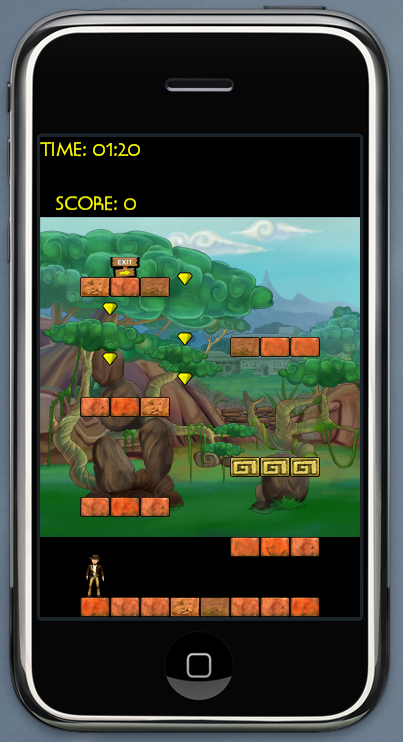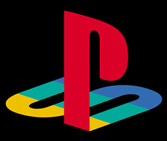 A funny thing happened when players of Bioshock 2 began downloading a $5 package of downloadable content: They realized there wasn’t very much to download at all.
A funny thing happened when players of Bioshock 2 began downloading a $5 package of downloadable content: They realized there wasn’t very much to download at all.
Turns out, most of the “Sinclair Solutions‘ content pack — a collection of characters, abilities and challenges for the game’s multiplayer component — was already on the disc. A community manager for publisher 2K Games confirmed that its customers were basically buying an unlock code. She explained that if the content wasn’t included on the disc, players who bought the DLC wouldn’t be able to play with people who didn’t.
Outrage in this situation easily turns to the obvious. If the content already there, why is 2K charging for it? It would be a valid question if downloadable content wasn’t already sandwiched against new releases, but publishers are increasingly relying on these optional extras to boost profits (for example, last year’s versus mode for Resident Evil 5 or the Warden’s Keep dungeon in Dragon Age: Origins). Not enough people voted against these extras with their wallets, and the rest of us lost the battle. Whether the disc actually holds the content is academic if it’s all being released at the same time.
I propose a different question: Why is 2K withholding a portion of the multiplayer that lets players progress further in the game? Among the pseudo-DLC’s contents, you get the ability to reach level 50, new ways to evolve your weapons and extra trials that give you more powers. It’s the multiplayer equivalent of stopping players before the last level of a game and making them pay $5 to see the conclusion.
I know, multiplayer isn’t plot-driven, and there’s no ending whether you buy the extra content or not. But it feels cheap to hit a ceiling in multiplayer that goes away if you pay up, especially considering that 2K didn’t announce this little trick until after the game was released.

 On Monday, Novell will demonstrate new technology that will allow Microsoft Xbox 360 games to be translated into iPhone apps. It also has the capability to be used to create Android games, potentially taking some Xbox games to the mobile masses.
On Monday, Novell will demonstrate new technology that will allow Microsoft Xbox 360 games to be translated into iPhone apps. It also has the capability to be used to create Android games, potentially taking some Xbox games to the mobile masses.






